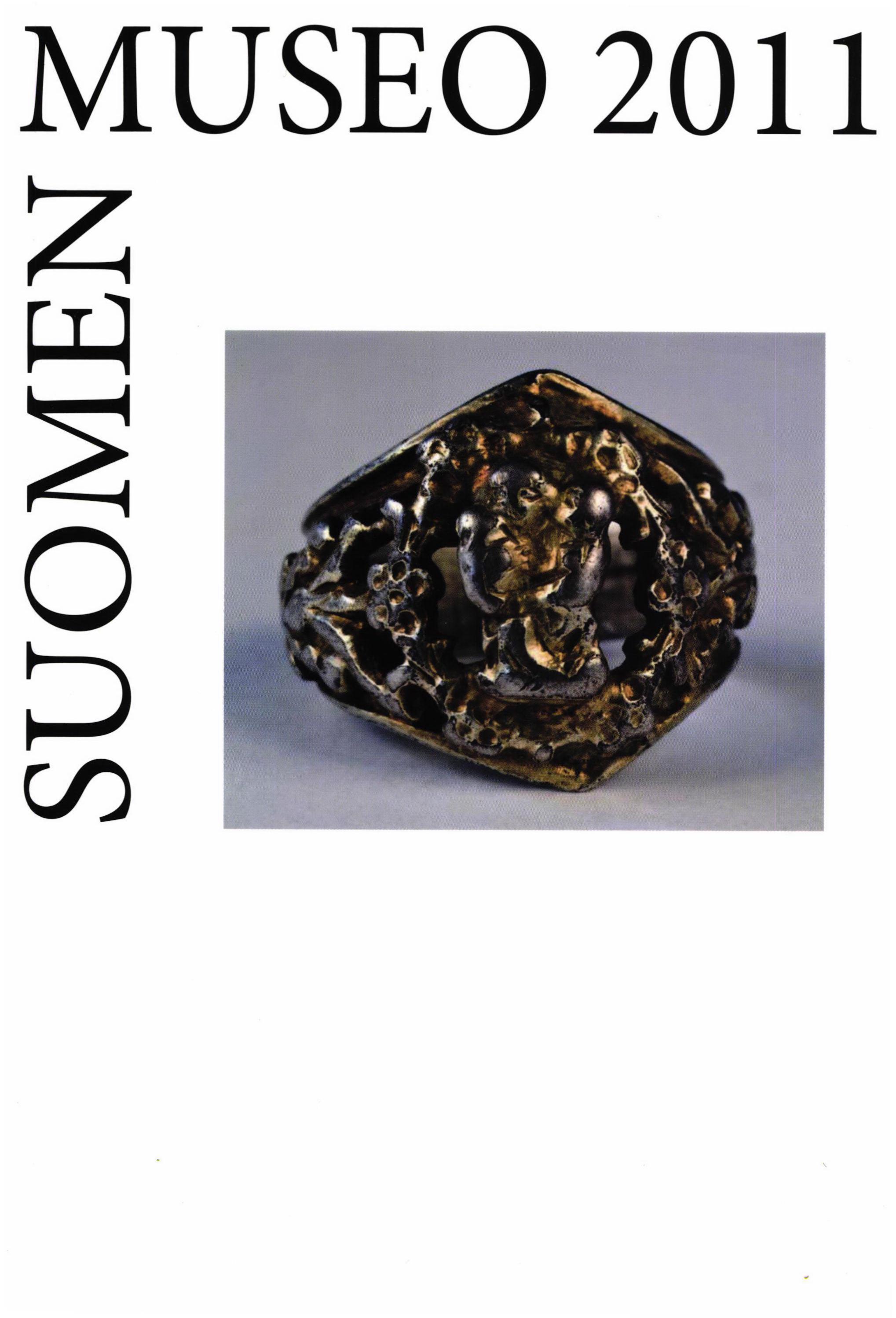Daniel Thunbergin tuolit – Suomen ensimmäiset keinutuolit?
Abstrakti
The idea of fitting a chair with runners to create a rocking chair probably originated in Lancashire in England in the early 18th century. lt was soon introduced to the American colonies. As old chairs were fitted with runners, new rockers were made. The earliest references to rocking chairs in England date from the 1740s. Early rocking chairs were often used by invalids and were confined to sick rooms and nurseries.
Today nearly every home in Finland has a rocking chair. The most popular Finnish rockers use Windsor chair construction and are products of local industry. The massive popularity of the Windsor rocking chair began in America in the 1820s and spread to many countries in Europe.
The first references to rocking chairs in Finland occur in inventory lists from the late 18th century. A few rockers in neo-classical style may also date from that time. In Porvoo Museum there is a rocking chair with features of an older style popular in 1720–1760. Is it possible that the chair and its runners date from the same time?
A reference to an older rocking chair can be found in a letter written by General Ehrensvärd's secretary Captain C. F. Bergencrantz to Master Builder Thunberg and dated 7 Sept. 1771. On behalf of the General's wife he begs Thunberg to send her a drawing for a similar rocking chair that Thunberg had made for Governor Nordenskiöld, saying that Ehrensvärd is sickly and would greatly benefit from such a rocking chair.
The persons mentioned in the letter were connected with the building of the Suomenlinna fortress (in Swedish Sveaborg) off Helsinki, begun in 1748 and continued for nearly 40 years. Augustin Ehrensvärd (1710–1772, later Field Marshal and Count) was, exept for short intervals, the director of the project. Daniel Thunberg ( 1712–1788, later af Thunberg) was responsible for the technical constructions. Anders Johan Nordenskiöld (1696–763) a fortification officer, had been involved in the general defence plans of the country. From 1756 he served as Governer of the southernmost province of Finland. All these men also had international contacts.
Nordenskiöld broke his femur in the spring of 1757. Although unable to walk, he was back at his office in Helsinki by the beginning of the next year. Private letters mention him conducting his work "sitting in a leaning chair". In a memorial speech held at The Royal Swedish Academy of Sciences in Stockholm after the Governer's death, his 'leaning chair' is mentioned twice. Was this chair the rocking chair Ehrensvärd knew about? Maybe the word 'rocking chair' was unknown to most people at the time amd was therefore simply referred to as a 'leaning chair'?
Thunberg's last year in Suomenlinna was 1758 when he supervised the building of the docks. The following year he left Finland and moved back to Sweden where he became a well known constructor of canals. The special chair för Nordenskiöld may have been constructed already at the end of 1757 orin 1758, at the latest. We can only hope that also Ehrensvärd got the rocking chair he needed so much. Nothing is known of the later fate of either chair. Both may have been similar to the Porvoo Museum rocking chair.
The long building period of the Suomenlinna fortress was culturally important since it introduced many new inventions, innovations, and ideas to Finland. It is interesting to note that among these is also the rocking chair.

